Volkswagen at the Chattanooga Motorcar Festival


While wandering around widely diverging attractions at the recent Chattanooga Motorcar Festival, where ratrods, pristine muscle cars and automotive oddities of varying descriptions gather to be ogled and photographed by attendees, I was struck by the display from one of the event’s biggest corporate partners: Volkswagen.
Representing old Vee-dub, arrayed at the front of the stand from left to right was a bright yellow 1973 Thing, a black 1964 Type 1 Beetle “Max” and a silver 1984 Rabbit GTI. All were in pristine condition and yes, I would have loved to have driven them all.
Unfortunately, a scheduling conflict prevented me from arriving at the festival until Friday, the day after Volkswagen of America organized a historic drive. A golden opportunity missed to be sure, but I’m hoping there will be another.
Volkswagens From the Past Meet Volkswagens of the Future
At any rate, on the 2022 side of things were several Volkswagens you likely see every day on roads across America: Atlas and Atlas Cross Sport SUVs, a Golf GTI hot hatch, and brand’s first pure electric vehicle, the ID.4 compact crossover.
And if you’re wondering why Volkswagen has a display at the festival and is one if its corporate partners, both the ID.4 and the city of Chattanooga provide the answer.

You see, Volkswagen has been building cars in this Tennessee town since 2011. These days its sprawling plant pumps out tens of thousands of Atlases and Atlas Cross Sports. But it also builds the ID.4, and that car represents the tip of the spear for the company’s electrifications efforts in North America. It is the one to watch moving forward.
As I stood there looking at the ID.4 on display on a sunny Saturday morning, I couldn’t help but think, this car looks nothing like its siblings, and I need to drive it.
I did wind up driving one later that afternoon, but I’ll get to that. First, some history.
A Brief History

Volkswagen has built cars in the United States before. It was a long time ago, but for roughly a decade, a plant near Pittsburgh, known as Westmoreland Assembly, built a variety of small cars wearing the VW badge between 1978 and 1988, including the Golf Rabbit, Rabbit Pickup, and the Mk 2 GTI. The silver 1984 Rabbit GTI in the Volkswagen festival display was built at Westmoreland.
SEE ALSO: 2023 Volkswagen ID.4 First Drive Review: Locally Sourced, Base is AceDespite the optimism that surrounded its launch, the Pennsylvania plant would eventually become a headache for Volkswagen for a variety of reasons. They included persistent labor strife with its unionized workers, subpar quality compared to German-built Volkswagens and slow sales in the U.S. After enduring diminishing returns for several years, Volkswagen chose to cut its losses and announced in late 1987 that Westmoreland would be wound down, and by July 1988 it was closed.
Building in Chattanooga

By the time Chattanooga Assembly opened in the spring of 2011, the problems of Westmoreland had long faded into history, but Volkswagen applied some of the lessons learned, including passing over the American rust belt in favor of Tennessee, a “right-to-work” state where union membership is not a condition of employment.
Calmer labor relations with its workforce aren’t the only benefit, however, as building cars in the U.S. also helps to dampen the shocks of currency fluctuations, localizes supply chains, and allows Volkswagen to keep a closer watch on shifting trends in the U.S. car market.
On that note, Chattanooga’s first car was the mid-size Passat sedan (the NMS model sold only in North America and China). With that model riding off into the sunset in late 2021, the plant was left with only building SUVs, the Atlas and Atlas Cross Sport. But as of this past July, the ID.4 joins the fold.
Enter the ID.4

Volkswagen even has an ID.4 on display beside the main entrance to the Chattanooga airport. When I last visited the city in the fall of 2019, that space was occupied by a Passat. Sea change, indeed.
From the time the ID.4 first went on sale in early 2021, Volkswagen has had a difficult time meeting its stratospheric demand. Several factors have proven to be a hindrance in this regard, from an ongoing semiconductor shortage to sole source production in Germany at launch, to sky-high demand for EVs worldwide. Despite these issues, Volkswagen has managed to deliver more than 190,000 ID.4s globally to customers since launch.
And that figure should rise dramatically now that Chattanooga production is underway. Volkswagen is forecasting to build up to 7,000 ID.4s per month at the Tennessee plant by late 2022 which should help bring supply more in line with demand. Chattanooga builds multiple ID.4 variants: rear and all-wheel drive models with an 82kWh battery, and a rear-wheel drive variant with a 62kWh battery.
Increased Workforce
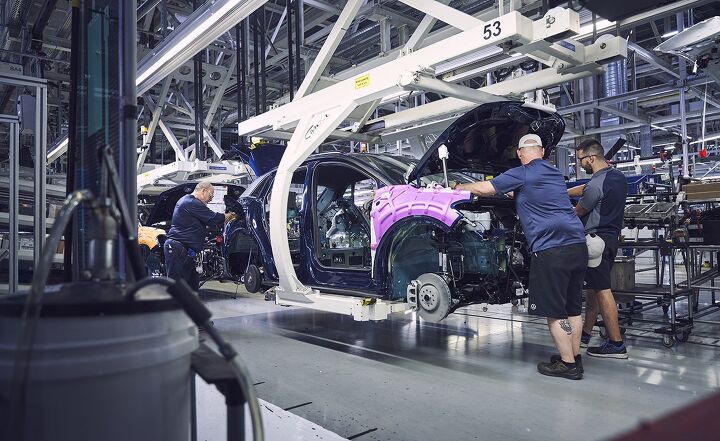
To accommodate ID.4 production, the Chattanooga plant has hired more than 1,000 new workers and dedicated more than 75,000 hours of workforce training for battery-powered vehicle and high-voltage systems. Expanding the plant’s capability represents just a small fraction of the $7.1 billion Volkswagen will spend over the next five years to increase its footprint in North America, covering everything from regional R&D to manufacturing and new products.
SEE ALSO: Nissan Pathfinder vs Volkswagen Atlas ComparisonSpeaking of the latter, Volkswagen has big EV plans for North America particularly in the latter half of this decade. In addition to the ID.4, the company will bring its iconic microbus back in the form of the ID.Buzz along with a fastback sedan in 2024, followed by new SUVs in 2026. These cars figure to play a big factor in Volkswagen’s goal of pure electrics account for 55 percent of U.S. sales by 2030.
A Quick Test Drive

With that in mind, I wanted to get behind the wheel of an ID.4 during my time in Chattanooga. Volkswagen of America’s PR staff were wonderfully accommodating in that regard and set me up with a 2023 AWD Pro S tester finished in Aurora Red Metallic for me to sample on Saturday afternoon.
I spent about 90 minutes driving the ID.4 in and around Chattanooga on I-75, arterial roads, and city streets, and come away impressed. This ID.4 is quick, thanks in part to its bigger 82kWh battery and AWD, with a comfortable ride and a high-tech interior. Its pin-sharp 12-inch HD multimedia system pairs easily with my iPhone, and its seats and trim materials are pleasing to interact with.
With an EPA estimated range of 255 miles, the ID.4 should quash any outstanding range anxiety. Have no fear though, because Volkswagen is helping on the infrastructure front too through its Electrify America arm, which has already built 3,435 DC fast chargers across the U.S. at time of writing, with more to come.
In all, my visit to the Chattanooga Motorcar Festival was an enjoyable one. I managed to indulge all the aspects that comprise my automotive obsession: old cars, new cars, racing, new technology, and I drove one of the hottest EVs on the market.
Become an AutoGuide insider. Get the latest from the automotive world first by subscribing to our newsletter here

With more than 20 years of industry experience, which includes automotive retail, motorsports PR, and writing and editing for various automotive publications, Lee is an AutoGuide freelancer, and car guy to the core. For nearly a decade and a half, he has married his two consuming passions together – journalism and the automotive industry. Whether it’s providing coverage on debuts from an auto show floor, writing road test reviews, or previewing a new model coming soon, Lee is eager to share his passion for the automotive industry with his readers. He is a long-standing member of the Automobile Journalists Association of Canada (AJAC) and won a feature writing award in 2018.
More by Lee Bailie








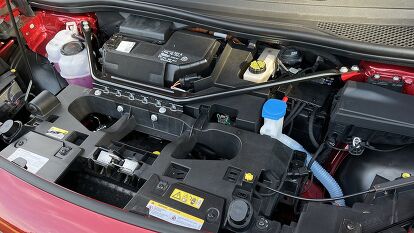














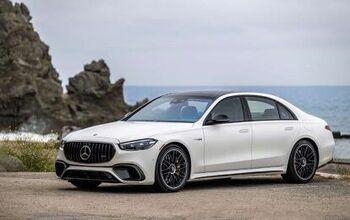
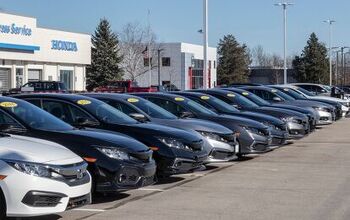

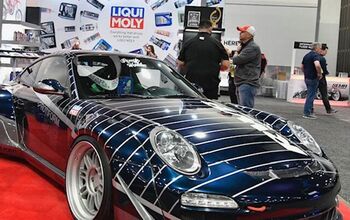






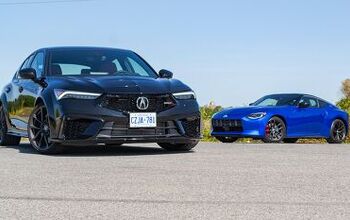

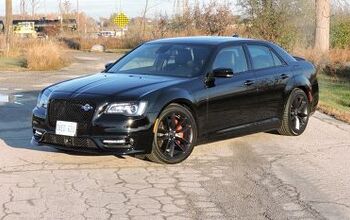
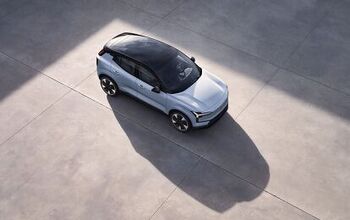
Comments
Join the conversation